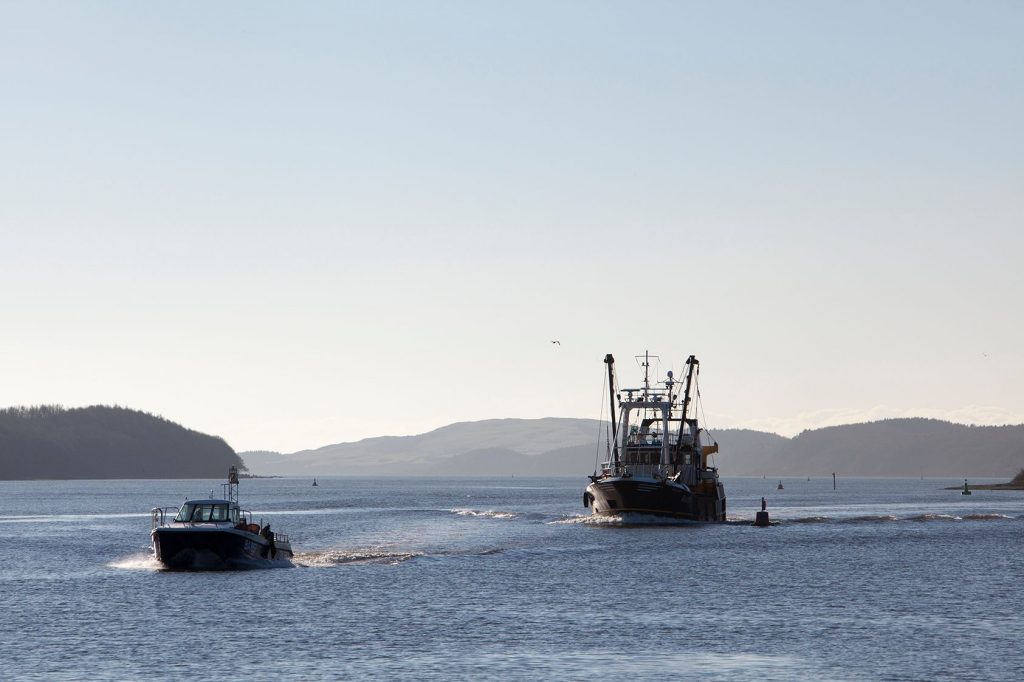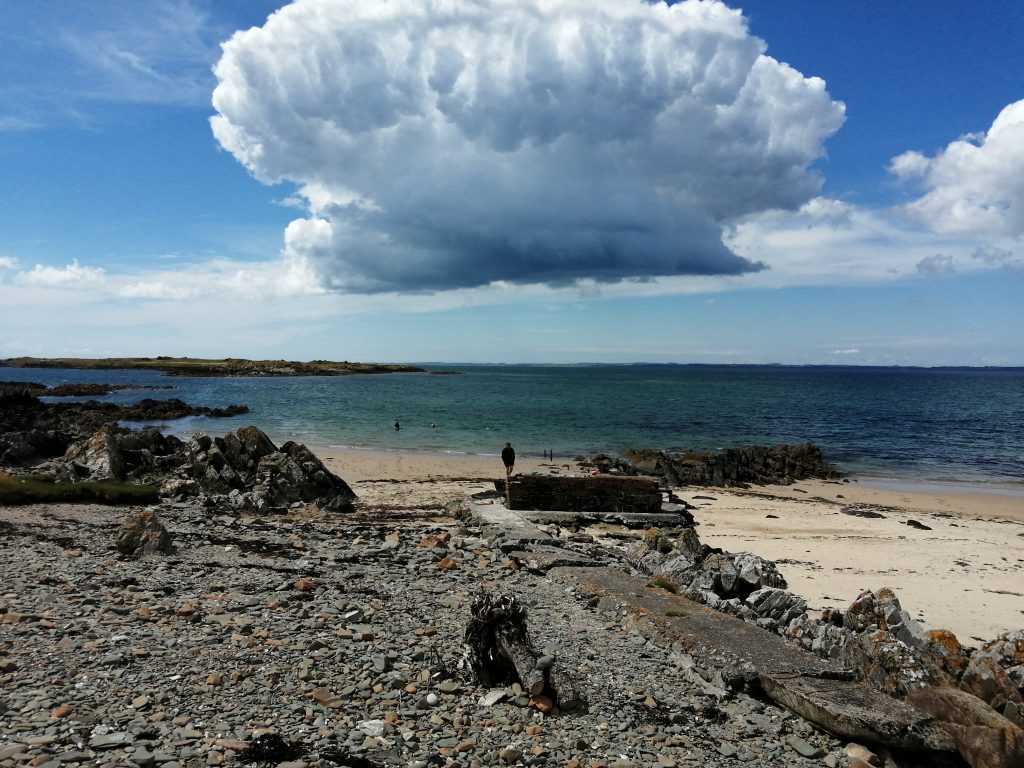Hazardous substances
References
BBC (2013). Dundrennan depleted uranium protest staged. Available here. (Accessed: 06.08.18)
Colourful Coast (2018). Saltom Pit. Available here. (Accessed: 30.05.18)
Eggleton J., Thomas K. V. (2004). A review of factors affecting the release and bioavailability of contaminants during sediment disturbance events. Environment International 30 (7) 973–980. Available here. (Accessed: 30.05.18)
Environment Agency, Food Standards Agency, Food Standards Scotland, Natural Resources Wales, Northern Ireland Environment Agency, Scottish Environmental Protection Agency (2015). Radioactivity in food and the environment, 2014. Available here. (Accessed: 30.05.18)
European Environment Agency (2019). Indicator Assessment, Hazardous substances in marine organisms. Available here. (Accessed: 12.06.21)
European Environment Agency (2019). Indicator Specification, Hazardous substances in marine organisms. Available here. (Accessed: 12.06.21)
Food Standards Agency (2017). Shellfish controls information. Available here. (Accessed: 28.05.18)
Food Standards Scotland (2015). Shellfish safety and sanitation. Available here. (Accessed: 28.05.18)
Garrod, C.J., Clyne, F.J., Ly, V.E. and Papworth, G.P., 2013. Radiological Habits Survey: Dumfries and Galloway Coast, 2012. RL 25/13. Cefas, Lowestoft. Available here. (Accessed: 22.07.21)
Industrial History of Cumbria (2011). Coal. Available here. (Accessed: 30.05.18)
Marine Management Organisation. (n.d). Marine Planning Evidence Base. Available here. (Accessed: 14.05.18)
Marine Scotland (n.d.). Scotland’s National Marine Plan Interactive. Available here. (Accessed: 06.08.19)
Moore, K.J., Greenhill, B.J. and Clyne, F.J. (2020). Radiological Habits Survey: Sellafield Review, 2019. Review of shellfish and fish consumption, and intertidal occupancy. Cefas contract report C7325. Environment Report RL 03/20. Cefas, Lowestoft. Available here (Direct Download). (Accessed: 06.04.21)
Nuclear Decommissioning Authority (2018). Nuclear provision: the cost of cleaning up Britain’s historic nuclear sites. Available here. (Accessed: 07.08.18)
Sellafield Ltd (2017). Monitoring our environment. Discharges and environmental monitoring. Annual report 2016. Available here. (Accessed: 29.05.18)
Smith, P., Dale, I., Tyler, A., Copplestone, D., Varley, A., Bradley, S., Bartie, P., Clarke, M. & Blake, M. (2017). Radiological Habits Survey: Dumfries and Galloway Coast. Available here. (Accessed: 10.05.21)
Solway Firth Partnership (1996). The Solway Firth Review, Solway Firth Partnership, Dumfries. Available here. (Accessed 23.07.19)
UK National Ecosystem Assessment (2011). The UK National Ecosystem Assessment Technical Report. UNEP-WCMC, Cambridge. Available here. (Accessed: 28.05.18)
In-Text References;
Baxter, J.M., Boyd, I.L., Cox, M., Donald, A.E., Malcolm, S.J., Miles, H., Miller, B., Moffat, C.F., (Editors), (2011). Scotland’s Marine Atlas: Information for the national marine plan. Marine Scotland, Edinburgh. pp 191. Available here. (Accessed: 22.07.19)
BBC News (2017). ‘Shocking’ levels of PCB chemicals in UK killer whale Lulu. Available here. (Accessed: 22.07.19)
Department for Business, Energy & Industrial Strategy (2013). Radioactive incident monitoring. Available here. (Accessed: 22.03.21)
Environment Agency, Food Standards Agency, Food Standards Scotland, Natural Resources Wales, Northern Ireland Environment Agency and the Scottish Environment Protection Agency. (2020). Radioactivity in Food and the Environment, 2019. Available here. (Accessed: 10.04.21)
Environment Agency (2021). Monitoring beaches near Sellafield for radioactive material. Available here. (Accessed 22.04.21)
Magnox Limited (2020). Chapelcross Site Environmental Management Plan. Available here. (Accessed: 21.06.21)
Moffat, C., Baxter, J., Berx, B., Bosley, K., Boulcott, P., Cox, M., Cruickshank, L., Gillham, K., Haynes, V., Roberts, A., Vaughan, D., & Webster, L. (Eds.). (2020). Scotland’s Marine Assessment 2020. Scottish Government. Available here. (Accessed: 10.04.21)
Mills, F., Sheridan, S. and Brown S., (2017). Clyde Marine Region Assessment. Clyde Marine Planning Partnership. pp 231, Available here. (Accessed: 14.05.18)
Natural England and NatureScot (2010). Natural England and Scottish Natural Heritage (now NatureScot) advice for the Solway European marine site given in compliance with Regulation 33(2) and in support of the implementation of the Conservation (Natural Habitats &c.) Regulations 1994. Available here (Direct download). (Accessed: 15.12.20)
OSPAR (n.d.) Hazardous Substances. Available here. (Accessed: 15.04.21)
Scottish Environment Protection Agency (n.d.). Emergency response planning. Available here. (Accessed: 15.04.21)
The Irish Times (1998). Sellafield’s nuclear pollution of the Irish Sea took decades to achieve. Available here. (Accessed: 15.04.21)
Tyler, A. Watterson, I. Dale, P. Smith, L. Evans, D. Copplestone, A. Varley, V. Peredo- Alverez, S. Bradley, B. Shaw, P. Bartie and P. Hunter. (2017). Radiological habitats survey: Chapelcross 2015. SEPA Public Report. Available here. (Accessed:16.06.21)
United Kingdom Marine Monitoring & Assessment Strategy (n.d) Summary of Progress towards Good Environmental Status. Available here. (Accessed: 15.12.20)
Image; Portling with Robin Rigg in the distance. © Solway Firth Partnership






